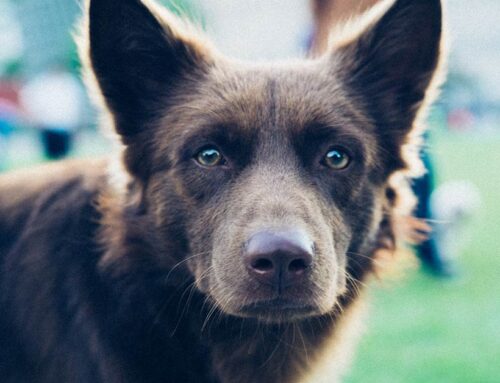 When we ask a dog to do something in exchange for something they want it’s not about “no free lunches” or that dogs need to learn to work for what they want. Every organism on the planet, if they are going to be around for long already has this information. If they didn’t there would be no beaver dams, no mice caught by cats, no webs woven by spiders, no carcasses cached in trees by fisher cats, no acorns hidden away by squirrels. When we teach a dog to respond to a cue, rather then making them work for treats, or their food bowl, or an open door, we are making the world a more predictable place. The behavior of humans makes more sense to a dog when they are trained to respond to our cues.
When we ask a dog to do something in exchange for something they want it’s not about “no free lunches” or that dogs need to learn to work for what they want. Every organism on the planet, if they are going to be around for long already has this information. If they didn’t there would be no beaver dams, no mice caught by cats, no webs woven by spiders, no carcasses cached in trees by fisher cats, no acorns hidden away by squirrels. When we teach a dog to respond to a cue, rather then making them work for treats, or their food bowl, or an open door, we are making the world a more predictable place. The behavior of humans makes more sense to a dog when they are trained to respond to our cues.
When we use positive reinforcement to teach a dog behaviors we are infusing the whole process, all the pieces of it, from the appearance of the person to the performance of the dog, with “feel good.” We are the ones who label a particular behavior as “work” whereas for the dog it might just be sitting, fetching a ball, waiting or rounding up sheep. It’s something to do, and doing something is often better than doing nothing, especially when good outcomes are the result.
John asking Sunny to target his hand is not being used to lure Sunny closer, he had already shown he was quite happy to be that close. It was not to make him “work” for the treat. Asking Sunny to target his hand enriches the relationship between the two because the human’s behavior now has meaning instead of being a random, possibly threatening, gesture. It was a cue Sunny already had learned from me and performing behaviors to make treats happen is an enjoyable experience.
Build a vocabulary with a dog and you’ll be amazed at the conversations you can have with them.





